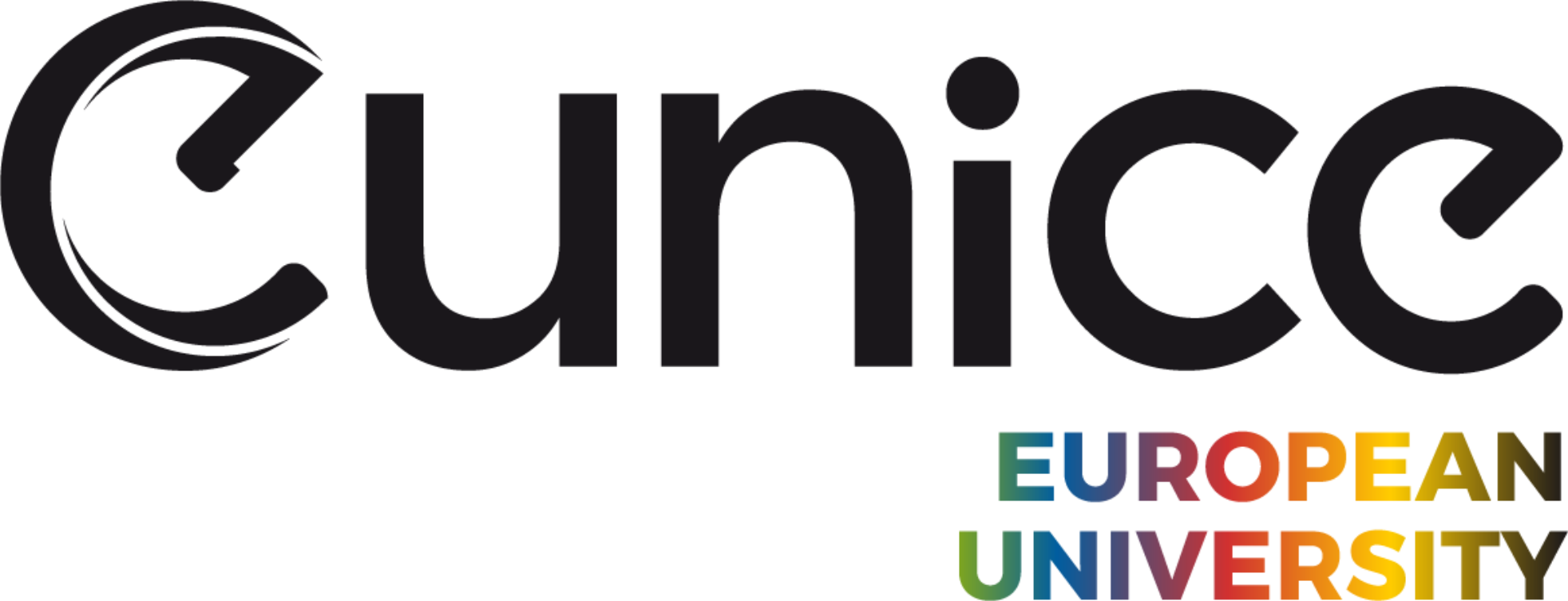Efficient Uncalibrated Rectification Method for Stereo Vision Systems
P. Perek, D. Makowski, A. Napieralski (Lodz Univ. of Techn., Poland)
In recent years stereo vision gains the popularity in movie and entertainment industry. The application of current technologies such as accurately-adjustable 3-D camera rigs equipped with high-definition cameras, high-performance software tools for video analysis and post-processing causes that stereoscopic movies are more and more realistic and impressive. It causes that people are increasingly willing to chose the stereoscopic cinema or virtual reality tools. However, the production of stereoscopic video is much more complex process than for standard 2D cinema. Among others, it requires very accurate alignment and synchronization of two separate video streams. Stereoscopic video should also meet a lot of additional requirements (e.g. right depth of field and disparity, minimal distortions) to ensure visual comfort for spectators. It causes that 3D video production is more complex, demanding and time-consuming. In order to facilitate and accelerate the recording of 3D video and to ensure its high quality, various computer-aided diagnostic and processing tools are used on a movie set. One of the most common algorithms used for stereoscopic image processing is rectification. It is required as a pre-processing step for many other algorithms e.g. stereo rig calibration or disparity map estimation. The rectification algorithm that can be used in real-time diagnostic tools used on the movie set should be characterized by high performance and minimal distortion of output images. The paper presents an overview and comparison of image rectification methods for the application in diagnostic tools used on the movie set during stereoscopic video recording. It also describes the implementation and evaluation of the rectification algorithm based on [1] that has been finally selected for the needs of diagnostic tool for stereo rig calibration and disparity map estimation developed by the authors. Described algorithm ensures very accurate image alignment and minimization of vertical disparity for the needs of disparity map calculation. Moreover, it is resistant to lens distortions in input image and does not introduce significant distortions in output image preserving the original viewpoint of the cameras.
Download one page abstract












